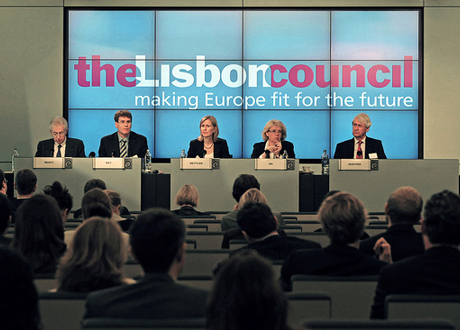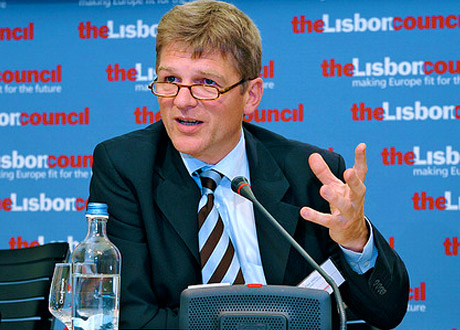HAYDN SHAUGHNESSY
 Haydn Shaughnessy is regularly described as “one of the most refreshing thinkers on innovation.” Haydn is one of the pioneers of platform thinking and how business platforms are disrupting the global economy. He help leaders understand the disruptive power of platforms and ecosystems in reshaping markets and enterprises.
Haydn Shaughnessy is regularly described as “one of the most refreshing thinkers on innovation.” Haydn is one of the pioneers of platform thinking and how business platforms are disrupting the global economy. He help leaders understand the disruptive power of platforms and ecosystems in reshaping markets and enterprises.
Haydn is the author of Platform Disruption Wave, Shift: A Leader’s Guide to the Platform Economy, and The Elastic Enterprise. He is a regular contributor for Innovation Management, Wall St Journal, Forbes.com, Harvard Business Review, Irish Times, Times, GigaOM, and many other newspapers and magazines. He writes about platform disruption at haydnshaughnessy.com.



